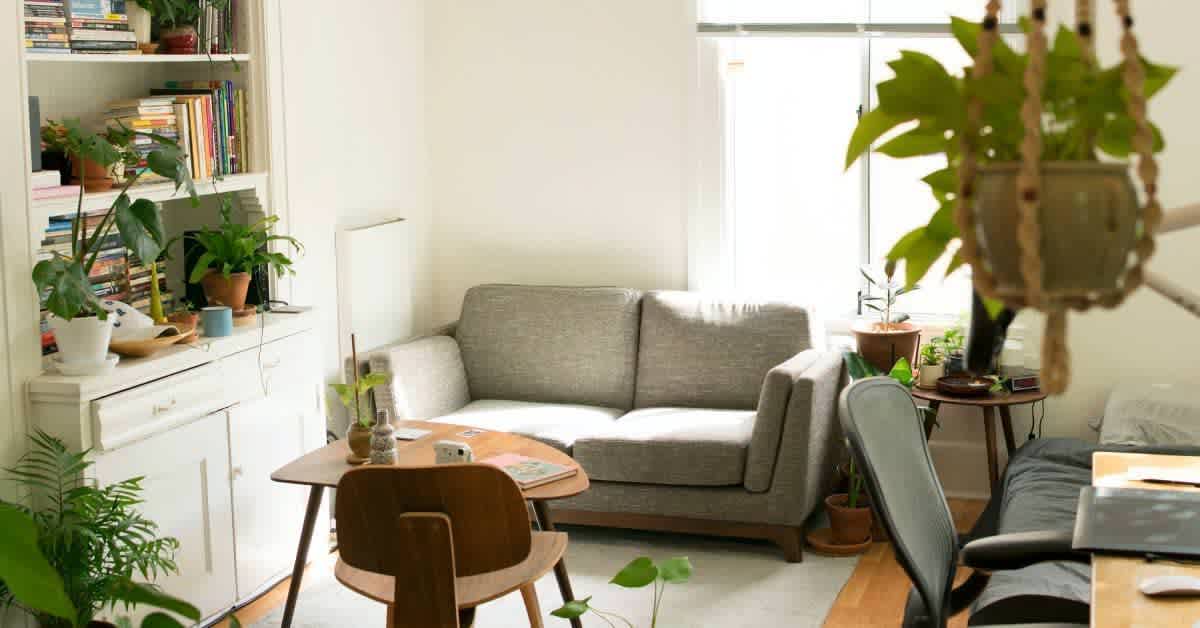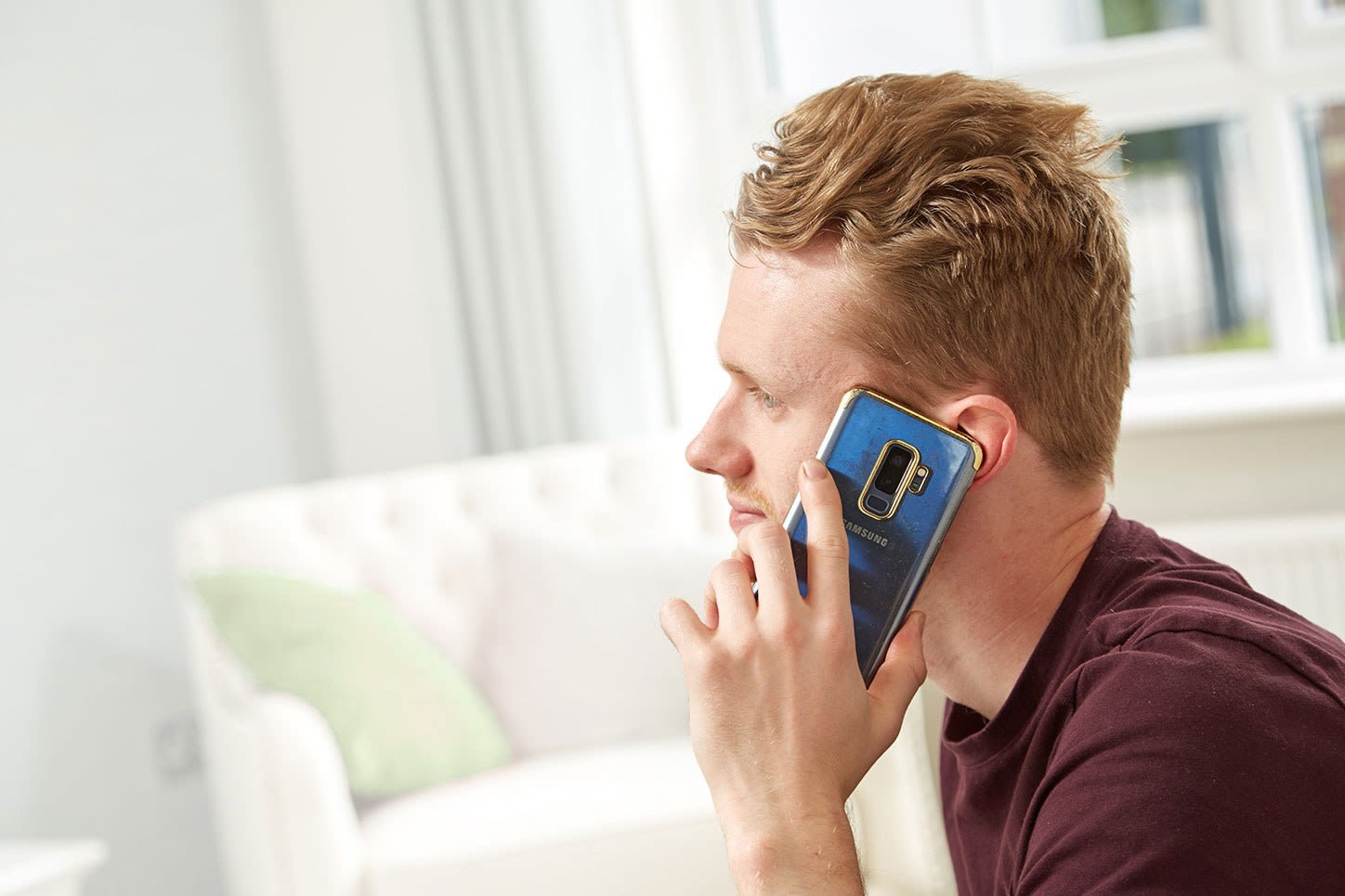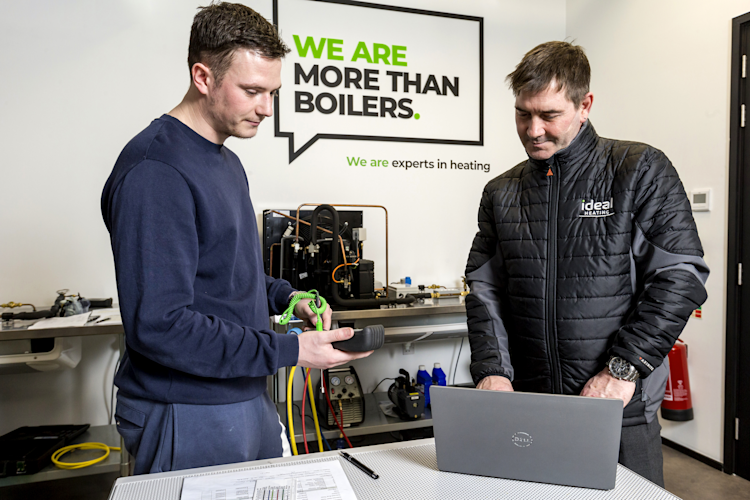
10 eco-friendly methods & ideas for New Build homes
It's likely that if you’re planning to construct your home from scratch you will have considered building an eco home. Throughout 2021, many of us have become more conscious about our carbon footprint and the impact we are having on the planet.
From sustainable building materials, alternative heating systems, eco-friendly light fittings to even the location of the New Build - there are a whole host of ideas you can do to build a cosy eco-friendly home. With the environment constantly changing around us, it's now more important than ever to be environmentally aware and active.
Are you wondering how to make your New Build as eco-friendly as possible? The team at Ideal Heating have put together ten environmentally friendly methods and ideas to help you create a more sustainable home.
Select the perfect location
Choosing the perfect location for your New Build home wisely. You should avoid positioning your home west facing as this will minimise sun exposure, keeping your home cooler in summer and therefore avoiding the use of fans or air conditioning. Avoiding New Builds in environmentally-sensitive locations is also wise as this will limit your risk of flooding, earthquakes and more, which could damage your new home.
Another way to reduce your carbon footprint when planning the location of your New Build property is to locate the nearest shops. This will help you avoid having to travel or take public transport every time you go out, which will help to lower your carbon footprint.
Recycle waste water units
Installing a rainwater tank will allow your new home to collect and recycle waste rainwater, which is then stored in a tank. The collected water can then be recycled and used for other purposes such as toilets and sprinklers. You can also install a tankless water heater that will only heat the water that is needed - eliminating excess energy costs as no water is wasted.
Invest in proper insulation
When planning your New Build home, you will want to consider insulating your roof and walls. We know that heat rises, therefore any heat will escape from the loft. Investing in good insulation is a great way to make your home more efficient. You should also thicken any existing insulation, to further retain the heat within your home. The size of your home will determine how much insulation you’ll need and where you require more insulation, but it’s most likely you will need to consider insulating your loft, solid walls and cavity walls.
Consider heat pump systems or heat interface units
Heat pumps are increasing in popularity, due to having benefits such as reducing our carbon footprints and cutting our energy bills. Heat Interface Units, also known as HIUs, are becoming a popular eco-friendly option, as they cut down your energy costs and have little maintenance requirements.
Install a HVAC system
Opting for a high efficiency HVAC system will help you save money and energy. HVAC systems ensure the air within the building is replaced with cleaner air from outside, improving your air quality within your New Build property. A HVAC system needs to be properly installed to ensure it runs efficiently and performs to its full potential. Within the system you need to make sure the ducts are professionally tested to reduce the risk of a leak. If a leak occurs, it can cause your system to cool inefficiently and it may struggle to produce adequate air conditioning, preventing your home from reaching the desired temperature. This means the HVAC system will have to work harder, resulting in an increase in your monthly energy bills.
Select sustainable building materials
Are you building a new home and wanting it to be as eco-friendly as possible? Using sustainable, environmentally-friendly building materials should be at the top of your list. Every part of your new home, from the roof, cabinets, floors and counters right through to all your furniture, can be crafted from eco-friendly materials. This will help reduce your carbon footprint.
Choose recycled plastic, glass or natural products like bamboo or cork which are made from renewable materials. Using these materials can be hugely beneficial in the long run as they can reduce carbon emissions and save energy, resulting in a lower energy bill.
Choose a programmable thermostat
Smart home devices, such as the Ideal Heating Halo Combi Wi-Fi thermostat, give us the ability to change the temperature of our home at the touch of a button. They also feature innovations that help your boiler comply with the Boiler Plus efficiency standards.
Along with the programmable thermostats, the Halo app allows you to have full control over your heating system no matter where you are, ensuring your home is only heated when you are home - saving energy and reducing our carbon footprints.
Opt for solar panels
Over the past decade, solar panels that generate electricity for our homes have become more affordable and efficient, plus they don’t just generate power when the sun’s out. The sun won't just put a smile on your face, but it will also help save you money and reduce your carbon footprint.
The green, renewable energy generated from solar panels could save up to 1.6 tonnes of carbon every year for a typical New Build home, depending on where you live. Once they are installed, you can sit back and enjoy the benefits of having solar panels.
Choose eco-friendly lighting
The market of eco-friendly lighting is growing and becoming more popular. Light emitting diodes (LEDs) carry higher upfront costs, but use less energy and last longer than traditional incandescent bulbs so they might actually save you money in the long run. They use less energy, resulting in lower energy bills - ideal for your green New Build home.
One of the most environmentally-friendly lighting options are compact fluorescent lamps (CFLs). They are less popular, but are an eco-friendly, more efficient bulb option when compared to your regular bulbs as they generate less heat and contain less mercury.
Pick some water conserving fixtures
Build a new greener home and help conserve water! Low flow toilets, showerheads and faucets are a great place to start. They will not only cut down your water bills, they will ensure your home is much more environmentally friendly. You can also consider buying appliances such as dishwashers and washing machines as they use less water compared to hand washing everything.
You’ll find further tips to help you lower your carbon footprint, plus advice on heating solutions for New Builds, in our FAQs, as well as more in-depth guides on the Ideal Heating blog.


















